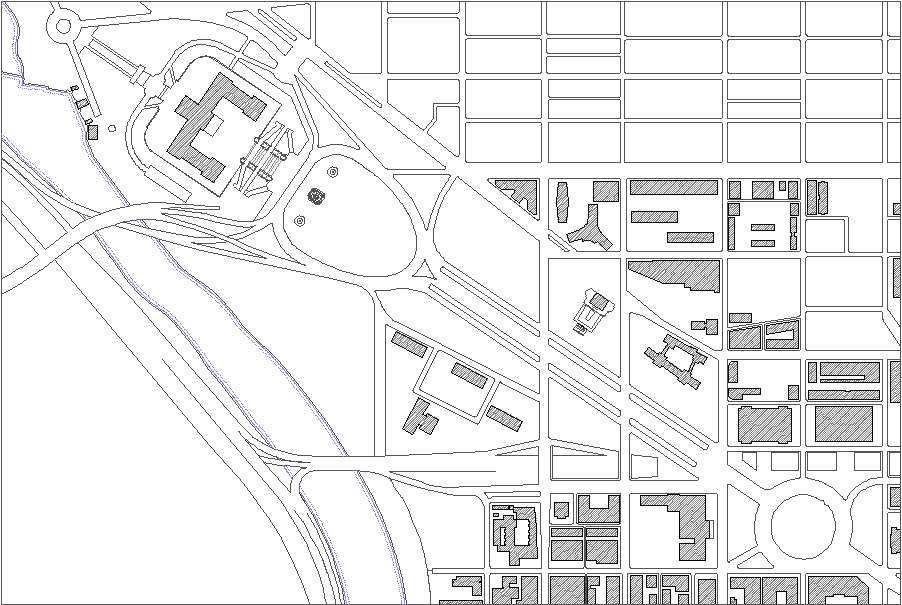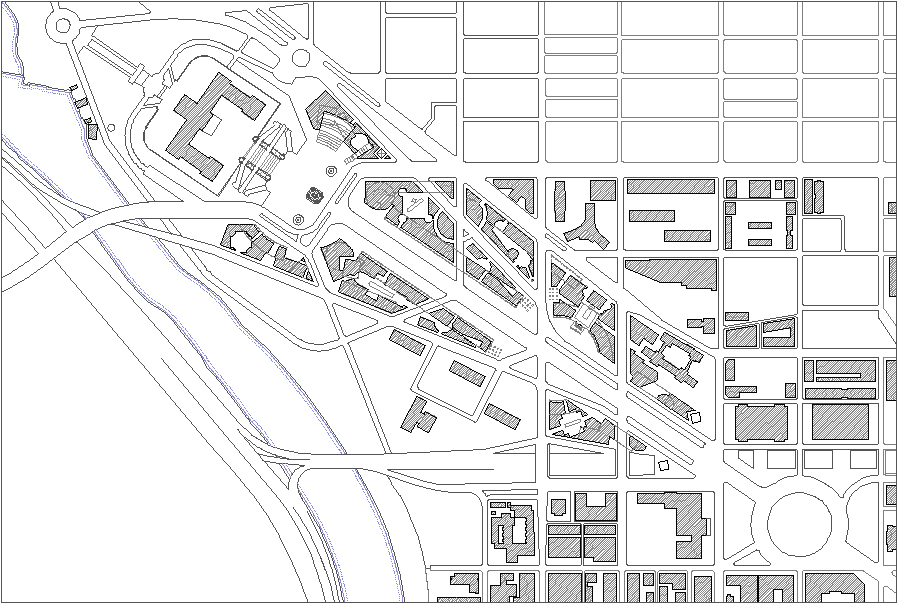2008.06.25 20:31
Can you say canonical?
Just wait till you read the first few sentences on page 129. Apparently the book is interchangably tragic and comedic.
2008.06.25 14:23
Can you say canonical?
"Eisenman's Canon..."
Luigi Moretti, Casa "Il Girasole," 1947-50
Lugwig Mies van der Rohe, Farnsworth House, 1946-51
Le Corbusier, Palais des Congrès-Strasbourg, 1962-64
Louis I. Kahn, Adler & DeVore Houses, 1954-55
Robert Venturi, Vanna Venturi House, 1959-64
James Stirling, Leicester Engineering Building, 1959-63
Aldo Rossi, Cemetery of San Cataldo, 1971-78
Rem Koolhaas, Jussieu Libraries, 1992-93
Daniel Libeskind, Jewish Museum, 1989-1999
Frank O. Gehry, Peter B. Lewis Building, 1997-2002
2008.06.17 08:22
Futuristic Tradition
"Haven't you heard, Zeitgeist is so yesterday!"
--über œuvred e suicidal
2008.06.16 13:17
lebbeus woods and Piranesi
"Gosh, the insight of these locals is uncanny. Who told them?!"
2008.06.16 13:15
lebbeus woods and Piranesi
It was while 'excavating' at the Villa di Mecenate that some locals began to accuse Piranesi of being a warlock.
2008.06.10 16:59
What watch do you wear or wish you could own?
wear: vintage Girard-Perregaux
| |
2008.06.06 16:41
city plan diagrams
Benjamin Franklin Parkway before

Benjamin Franklin Parkway after

| |
2008.06.01 11:14
The Official Paradigm Shift thread
"On the one side was Nature: the curves of the waves, the line of the unfolding leaf, the pattern of the crystal. All these might be studied, and in some way architecturally employed--no matter how--so long as the knowledge and the love of them were evident."
--Geoffrey Scott, The Architecture of Humanism: A Study in the History of Taste, (1914), p. 68.
2008.06.01 11:07
Can you say canonical?
"In this painstaking analysis of an apparent architectural syntax, the author offers a fresh interpretation of one of the canonical works of the Brutalist movement--the Stirling and Gowan Leicester Engineering Building, completed in 1963. Responding independently to one aspect of a theme broached by Manfredo Tafuri in Oppositions 3, Eisenman attempts to uncover the precise manner in which Stirling has rewritten the "words" of modern architecture."
--Kenneth Frampton, an introduction to "Real and English: The Destruction of the Box. I." (1974).
The article was first presented in lecture form at Cooper Union in the spring of 1973 and again at Yale during the spring of 1974.
"The thrust of the argument below will be that the Leicester Engineering Building invokes a similar critical and thus, polemical, intention as Venturi, but does so in a different and perhaps less traditional manner--by distorting the form of the iconic structure as opposed to perverting the form of the iconic content, as in the case with Venturi."
"Much of the work of Louis Kahn, which proposes a classical alternative to a modern eclecticism, can surely be seen..."
"...and more recently in the wall decompositions of John Hejduk, destroys it conceptually."
"Real and English: The Destruction of the Box. I" was a (personal) inspirational motivator for a fourth year design (taken through to working drawings) project, Fall 1979. None of the faculty "got" the design--it was like Leicester Engineering meets Staatsgalerie Stuttgart. Hyper Avant. Very distorted iconic structure fucks with perverted iconic content. Then during "working drawings", Spring 1980, witnessed schizophrenic survival of horrific expressway accident, emergency room lobotomy, subsequent two-week drug-inducted coma, and the commencement of a whole new history (where all that remains canonical is a sense of humor).
2008.05.31 08:37
An Amatuer
Content
Content is a product of the moment.
Inspired by ceaseless fluctuations of the early 21st Century, it bears the marks of globalism and the market, ideological siblings that, over the past twenty years, have undercut the stability of contemporary life.
This book is born of that instability. It is not timeless: it’s almost out of date already. It uses volatility as a license to be immediate, informal, blunt: it embraces instability as a source of freedom.
Content is a follow-up to SMLXL, an inventory of seven years of OMA’s tireless labor. In many ways it is structured according to what its predecessor is not – dense, cheap, disposable….
The relentless internal logic that propelled SMLXL is here counteracted by the incorporation of critical, external voices. Subjects are not arranged according to size but by geographical proximity: the trajectory moves ever eastward, beginning in San Francisco, ending in Tokyo.
Content is dominated by a single theme – “Go East” – at once a response to 9-11’s mounting wreckage and an acknowledgement of the eastward momentum that has, through AMO’s political involvement with the EU and an increasing density of Chinese projects, redirected the office’s energy. It is an attempt to illustrate the architect’s ambiguous relations with the forces of globalization, an account of seven years spent scouring the earth--not as business traveler or backpacker, but as vagabond – roving, searching for an opportunity to realize the visions that make remaining at home torturous. Content is, beyond all, a tribute to what are perhaps OMA/AMO’s greatest virtues--its courage, its dogged, almost existential pursuit of discomfort, its commitment to engaging the world by inviting itself to places where it has no authority, places where it doesn’t ‘belong’.
|